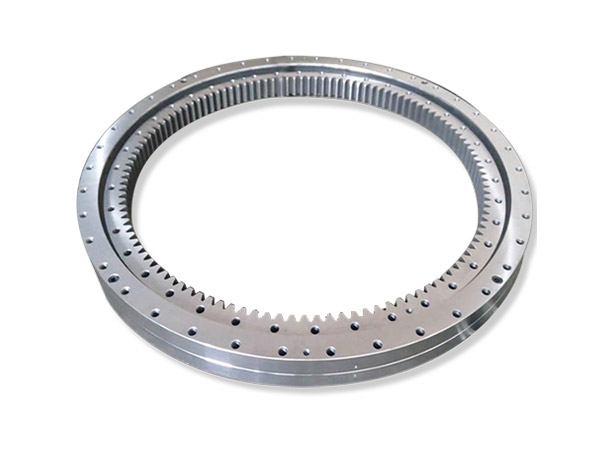Что такое поворотный привод? Классификация и применение поворотного привода
Редуктор поворотный – это редуктор поворотный со встроенным источником движущей силы. Поворотный подшипник используется как основная часть трансмиссии и приспособление механизма. Его суть – двигатель на постоянных магнитах с большим крутящим моментом. Это изделие еще называют роторным редуктором. Привод, по сравнению с традиционными вращающимися изделиями, отличается простотой установки, легким обслуживанием и в большей степени экономит место для установки. Он в основном используется в тележках с балкой, авиационных транспортных средствах, промышленных роботах, фотоэлектрической генерации, ветроэнергетике и захватах строительной техники. Инструменты и другие поля.
Что такое поворотный привод

1. Определение привода поворота
Поворотное приводное устройство также называется поворотным редуктором, зубчатым редуктором, поворотным редуктором, поворотным механизмом и парой поворотных приводов. Все они представляют собой редукторы, которые используют поворотные подшипники в качестве основной опоры, а вспомогательный источник привода использует шестерни или червяки в качестве приводных частей, чтобы реализовать функции замедления и полного поворота. В состав поворотного привода в основном входят шестерни (или червяки), поворотные подшипники, двигатели, корпуса и основания. Поворотный привод можно в основном разделить на поворотный привод с одним червячным приводом, поворотный привод с двойным червячным приводом и специальный тип поворотного привода.
2. Классификация приводов поворота.

(1) Классификация по форме передачи
В соответствии с формой переменной передачи поворотного привода, его можно разделить на поворотный привод с зубчатой передачей и поворотный привод с червячной передачей, унаследовав характеристики зубчатой передачи и червячной передачи. Эти два поворотных привода могут быть адаптированы для средне-высоких и низких скоростей соответственно. Что касается грузоподъемности, характеристики червячной передачи лучше, чем у зубчатой передачи, и когда используется червячная передача с огибающей, ее грузоподъемность, антидеформационная способность и жесткость трансмиссии дополнительно улучшаются, но червячная передача Тип поворотного привода более эффективен с точки зрения КПД. В отличие от поворотного привода зубчатого типа, поворотный привод зубчатого типа делится на поворотный привод с прямым зубом, поворотный привод с косозубыми зубьями и поворотный привод со спиральным корпусом.
(2) Классификация по степени открытия привода поворота.
По степени открытости передаточного механизма поворотного привода поворотный привод можно разделить на открытый и закрытый. Как правило, открытая структура в основном используется в приложениях, где окружающая среда слишком суровая, а цикл обслуживания и обслуживания короткий. Открытая конструкция удобнее для деталей. Осмотр, техническое обслуживание и ремонт продукта также более удобны для замены. Однако замкнутая конструкция может обеспечить более длительный жизненный цикл обслуживания в тех случаях, когда условия окружающей среды не сильно изменились, а уровень загрязнения окружающей среды ниже среднего уровня.

(3) Классификация по тяговому усилию.
В зависимости от типа работы конструкции поворотного привода его можно разделить на легкий поворотный привод, средний поворотный привод и тяжелый поворотный привод. В зависимости от мощности, размера, собственного веса поворотного привода и его применения в различных областях и на различных машинах для достижения своих собственных функций поворотный привод для легких режимов работы имеет малый вес, а его возможности по нагрузке и замедлению подходят для работы на высоких скоростях (≥ 10 об / мин), вибрация, ударные нагрузки и т.д. -скоростной (≤3 об / мин), тяжелые и непостоянные рабочие условия.
(4) Классификация по составу привода.
По составу приводного устройства он делится на вертикальный и горизонтальный поворотный. Вертикальный поворотный привод означает, что тяговый двигатель и ходовое колесо расположены вертикально, а тяговый двигатель находится вертикально над ходовым колесом. Преимущества: малый радиус вращения, высокий уровень защиты, удобство обслуживания и т. Д., Но высокая стоимость изготовления; Горизонтальный привод означает, что тяговый двигатель и ходовое колесо параллельны, а тяговый двигатель в основном соосен с подвижным колесом и расположен горизонтально. Он имеет преимущества компактной конструкции, простоты и небольшой монтажной высоты.


